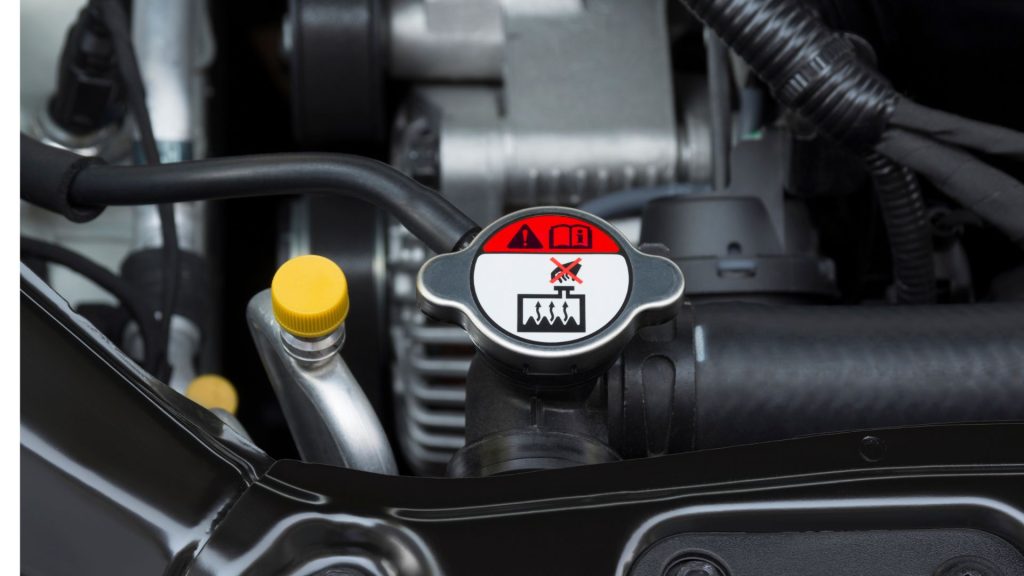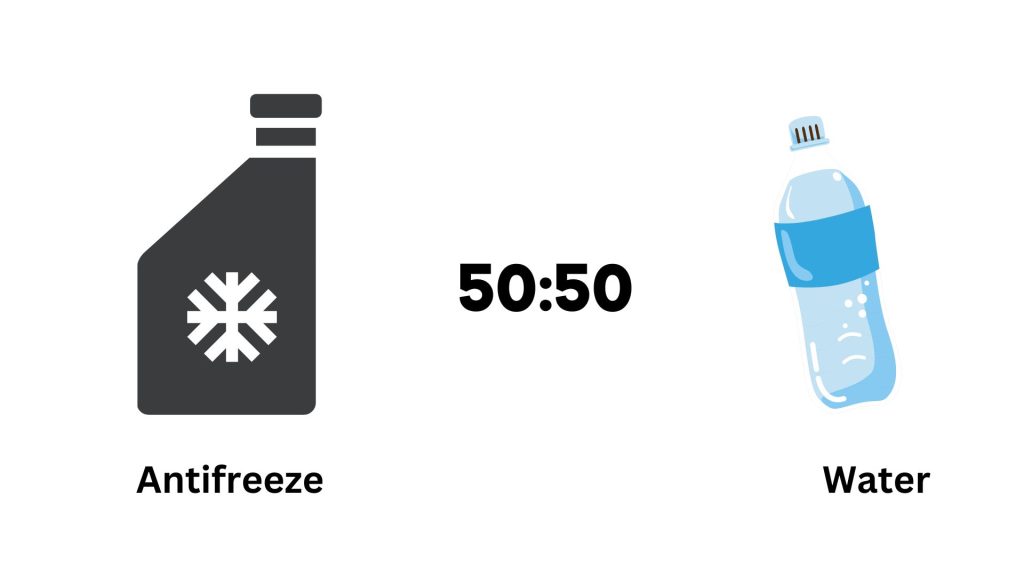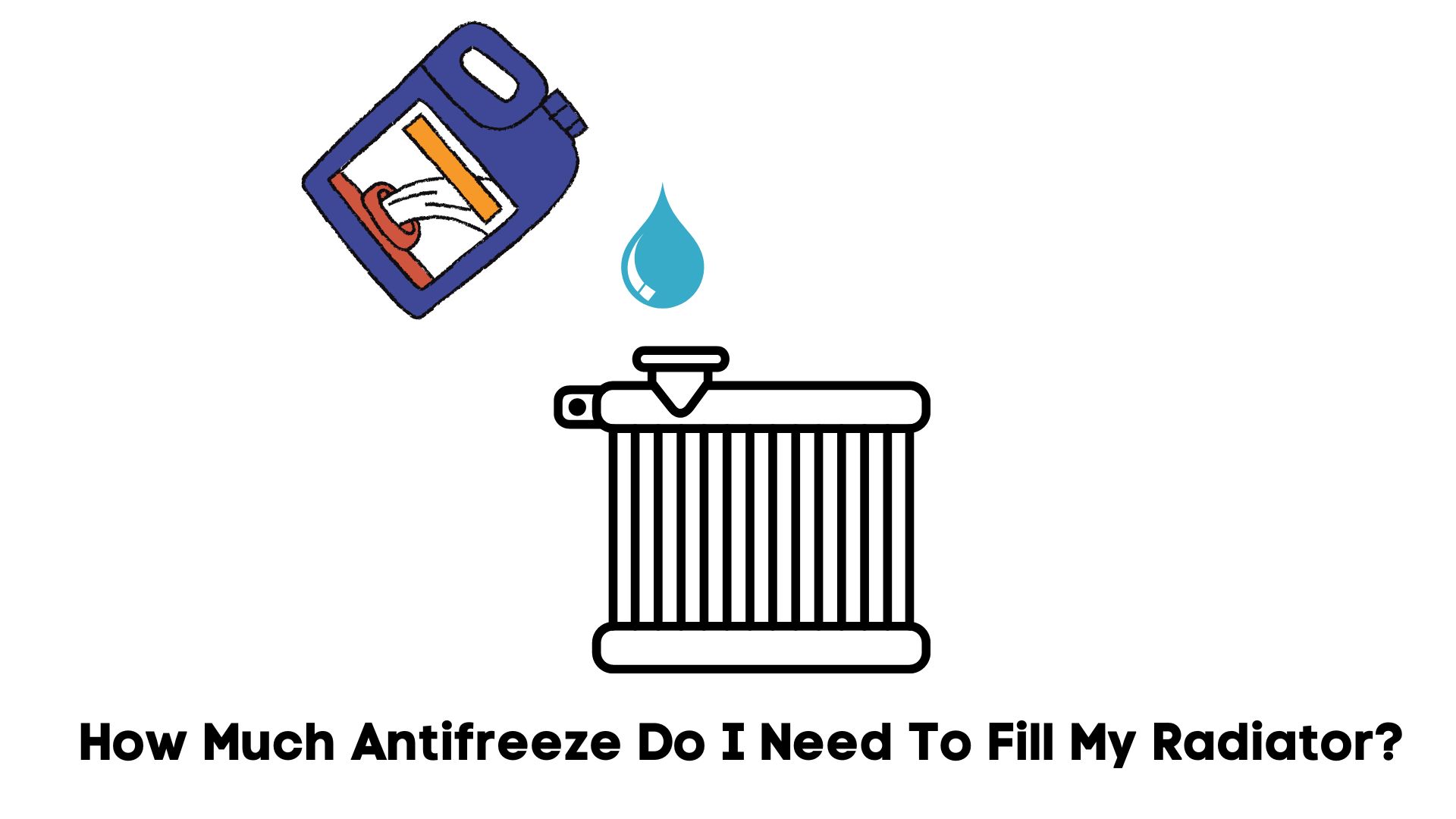Engines burn fuel to make the energy that moves a car. But they cannot tolerate the excess heat the combustion process generates. This is why coolant is so essential. It leaves the radiator and circulates through the engine, collecting heat. Then it returns to the radiator, cools, and flows back into the engine.
This process must occur continuously to keep the engine’s temperature at a manageable level. Otherwise, the engine will die, saddling you with expensive repairs. But how much coolant can a vehicle tolerate?
| Make | Coolant Capacity |
| Hyundai Elantra | 5.9 – 6.3 L (1.56 – 1.66 U.S.gal.) |
| Hyundai Sonata | 6.5 – 6.6L (1.72 – 1.74 U.S.gal., 6.87 – 6.97 U.S.qt.) |
| Hyundai Tucson | AT : 6.8 L (1.79 U.S.gal., 7.18 U.S.qt., 5.98 lmp.qt. ) MT : 6.9 L (1.82 U.S.gal., 7.29 U.S.qt., 6.06 lmp.qt. ) |
| Hyundai Santa Fe | MT : 7.1 L (1.8 U.S.gal., 7.5 U.S.qt., 6.2 lmp.qt.) AT (For Eutope, Australia) : 7.7 L (2.0 U.S.gal., 8.1 U.S.qt., 6.7 lmp.qt.) AT (Except Europe, Australia): 7.4 L (1.9 U.S.gal., 7.8 U.S.qt., 6.5 imp.qt.) |
| Hyundai Kona | 7.1 L (1.87 U.S.gal) |
| Hyundai Accent | 5.3L (5.6 US gal., 4.7 US qt., 1.4lmp qt.) |
| Hyundai Genesis | 2.25 gal. |
| Make | Coolant Capacity |
| Ford Focus | 6.1 quarts |
| Ford Fusion | 7.2 qt (6.8 L) |
| Ford Escape | 7.6qt (7.2 L) |
| Ford Explorer | 12.4 qt (11.7 L) |
| Ford F-150 | 5.4 gallons |
| Ford Mustang | 5.275 gal. |
| Ford Edge | 11.7 qt (11.1 L) |
| Ford Ranger | 3.1 gal (11.9 L) |
| Ford Expedition | 30.7 qt (29.1 L) |
| Make | Coolant Capacity |
| Honda Civic | 1.4 gallons |
| Honda CR-V | 2.6 US qt (2.5 L) |
| Honda Pilot | 7.0 L (6.6 US qt.) |
| Honda Odyssey | 7.4 quarts |
Determining The Coolant Capacity
Surprisingly, you don’t have to determine a car’s coolant capacity. Open the hood and look for the coolant reservoir. This container is plastic. It also holds a colorful liquid, so it won’t take long to find it.
The reservoir has markings that reveal the optimal amount of coolant the car requires.

Add coolant until it reaches the MAX line. If you don’t have enough coolant to achieve this objective, keep the coolant above the MIN line.
You won’t go wrong if you follow the instructions on the reservoir. Fight the urge to exceed the MAX line. Excess coolant is better than insufficient coolant. However, you shouldn’t overwhelm the coolant reservoir because doing so will strain the cooling system, creating leaks and reducing the cooling system’s efficacy.
If you prefer to calculate the amount of coolant you need beforehand, a vehicle’s coolant capacity will depend on the following:
- Model
While most cars look the same to a layperson, the technology used to manufacture them tends to vary even when they originate from the same brand. This is why the manual is so important. It will show you the correct antifreeze type to apply.
The type of antifreeze tends to influence the amount of antifreeze the car needs. For instance, a modern Ford that favors Dexcool liquid requires four quarts of coolant. An older model uses traditional antifreeze (Ethylene glycol). In that case, two quarts are more than enough.
Older vehicles that thrive on silicate-based antifreeze use 24 – 50 ounces. For that reason, you shouldn’t bother calculating a vehicle’s coolant capacity. The manufacturer knows best. Trust the amount recommended in the manual or on the coolant reservoir (MAX and MIN markings).
- Make
The coolant capacity tends to vary when you shift between brands. Hyundai Eon (800cc) uses 3.5 liters of coolant and a Toyota Wigo (1.0L gasoline engine) requires 4 liters of coolant. A Honda Fit uses 4.9L of coolant. That figure jumps to 6 liters for a Honda Civic.
- Engine Size
The engine size matters because it changes the amount of coolant the car requires. The bigger the engine, the more coolant it needs to maintain optimal temperatures. A small volume of coolant in a massive engine will take too long to lower the temperature.
The manual will tell you the engine size. But again, this information doesn’t matter because the MAX and MIN markings on the reservoir will show you the correct volume of coolant to add.
Mixing Ratios
Some of the paragraphs above use the term ‘Coolant.’ Others say, ‘Antifreeze.’ Is that a mistake? No. Many laypeople use the terms ‘Coolant’ and ‘Antifreeze’ interchangeably, but that is wrong because they have different meanings.
You get coolant when you mix antifreeze and water. To be more specific, you can buy concentrated antifreeze that mixes with water to make coolant. But if the product was pre-mixed before the manufacturer shipped it to you, you can call it coolant because it already contains antifreeze and water.
But what is the point of mixing antifreeze and water? Water does a better job of cooling the engine. However, water is vulnerable to the effects of extreme temperatures. If you use it to cool the engine, it will either boil during the summer or freeze in the winter.
When you add antifreeze, it raises the water’s boiling point and lowers its freezing point. On its own, water will freeze once temperatures fall below 32 degrees. GMB has found that antifreeze brings the water’s freezing point down to -35 degrees F. Without the antifreeze, the water will clog the hoses and pipes once it turns to ice on a cold day.
But if that is true, why don’t you add antifreeze alone? Because coolant (antifreeze + water) has a lower freezing point than pure antifreeze. Additionally, you can’t trust pure antifreeze to keep the engine cool. The liquid’s heat transfer abilities are 35 percent lower than what you get with coolant.
But that raises a question. How much antifreeze should you add to the water to protect the engine? What is the best antifreeze/water ratio?

I recommend a 50/50 split. But that is only accurate if you live in a region with a moderate climate. If the temperatures in your area frequently fall below 32 degrees F, aim for 70 percent antifreeze to defend against the cold.
This is why the coolant brand matters
Pre-mixed coolant is more convenient. But you’re better off getting concentrated antifreeze you can mix with water yourself because it allows you to adjust the ratio to match the climate in your region. Don’t take any chances.
Your engine can suffer irreversible harm if you get the antifreeze/water ratio wrong. If you have doubts, ask a mechanic to make these decisions for you.
Assessing The Existing Coolant Level
You should check your coolant levels every two to three months. This allows you to identify leaks. You can also replenish the reservoir before your vehicle overheats. Expert Village Leaf Group has a video showing viewers how to check the coolant level.
Once you find the plastic container under the hood, check the level of the colorful liquid on the inside. If it sits below the MIN/LOW mark, you don’t have enough coolant. Add more. If the coolant exceeds the MAX/HIGH mark, you have too much coolant. Remove the plug and drain some of the coolant.
Calculating The Required Amount Of Antifreeze
- Park the car and give the engine a few minutes to cool.
- Use an antifreeze hydrometer to suck some coolant from the reservoir
- The hydrometer will show you the temperature range the coolant must maintain to protect your vehicle.
- With this information, you can determine the amount of antifreeze you should add to defend against freezing and boiling temperatures. Technically, the hydrometer can reveal the antifreeze concentration that already exists in your car. Try to replicate it once you flush the system.
- Check the manual to determine the car’s coolant capacity. You can also drain the reservoir before filling it with water using 1qt containers. This will show you the volume of coolant the reservoir can tolerate.
- At this point, it is a simple matter of multiplying the antifreeze percentage the hydrometer gave you by the coolant capacity.
It takes some experimentation to get a proper sense of the amount of antifreeze your vehicle requires. Many laypeople prefer to use online calculators. But you are better off consulting a mechanic.
Filling The Radiator
- Park the car and wait for the engine to cool.
- Open the hood and locate the radiator.
- Remove the plug and drain the old coolant into a container.
- Plug the drain and remove the radiator cap. If the engine is still hot, the radiator may spray you with burning coolant once you remove the cap.
- At this point, you can mix antifreeze and water in a separate container before pouring the resulting coolant into the radiator. Or you can buy and pour pre-mixed coolant.
- Put the cap back on and start the engine. Make sure the gauge on the dashboard shows a normal temperature.

